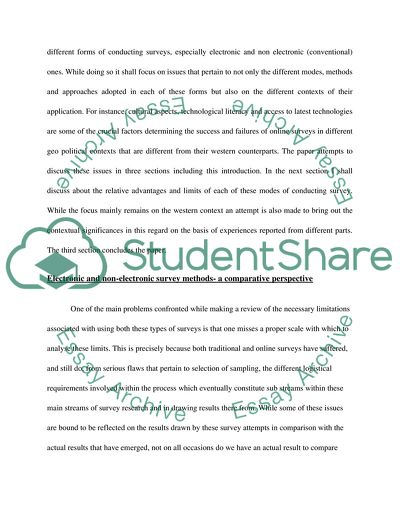Cite this document
(The Context of Innovations Term Paper Example | Topics and Well Written Essays - 2250 words, n.d.)
The Context of Innovations Term Paper Example | Topics and Well Written Essays - 2250 words. Retrieved from https://studentshare.org/technology/1738376-compare-and-contrast-conventional-surveys
The Context of Innovations Term Paper Example | Topics and Well Written Essays - 2250 words. Retrieved from https://studentshare.org/technology/1738376-compare-and-contrast-conventional-surveys
(The Context of Innovations Term Paper Example | Topics and Well Written Essays - 2250 Words)
The Context of Innovations Term Paper Example | Topics and Well Written Essays - 2250 Words. https://studentshare.org/technology/1738376-compare-and-contrast-conventional-surveys.
The Context of Innovations Term Paper Example | Topics and Well Written Essays - 2250 Words. https://studentshare.org/technology/1738376-compare-and-contrast-conventional-surveys.
“The Context of Innovations Term Paper Example | Topics and Well Written Essays - 2250 Words”. https://studentshare.org/technology/1738376-compare-and-contrast-conventional-surveys.


